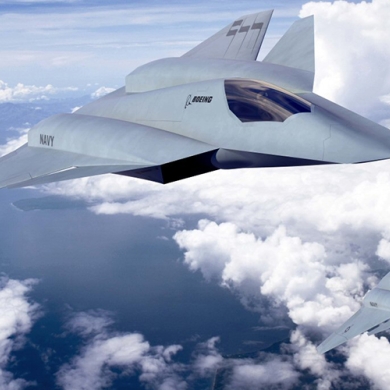29 juillet 2022
14 juin 2022 | International, Technologies propres, Méga données et intelligence artificielle, Fabrication avancée 4.0, Systèmes autonomes (Drones / E-VTOL), Conception et essais virtuels, Fabrication additive
Startup Genome
Startup ecosystem development through data. We advise world leaders in policymaking, strategy and actions to drive innovation and economic growth.
Key Insights from #GSER2022
- The same five ecosystems remain at the top of the ranking as in 2020 and 2021, but Beijing has dropped one place, with Boston taking its former place at #4. Silicon Valley is #1, followed by New York City and London tied at #2, Boston at #4, and Beijing at #5.
- Seoul entered the global top 10 ecosystems for the first time, up six places from #16 in 2021 and #20 in 2020.
- Several Indian ecosystems have risen in the rankings, most notably Delhi, which is 11 places higher than in 2021, entering the top 30 for the first time at #26. Bangalore has moved up one place from last year, to #22.
- Overall, China's ecosystems have declined in the rankings, a reflection of the relative decline in early-stage funding in comparison to other ecosystems.
- Helsinki has risen more than 20 places from last year, joining the runners-up category at joint #35.
- A record 540 companies achieved unicorn status in 2021, up from 150 in 2020.
- In 2021, Brazil saw 237% growth in the dollar amount of Series B+ rounds compared to 2020. The nation's total exit amount for 2021 was $49 billion, a huge leap from $1 billion in 2020.
- Asia experienced a 312% increase in the dollar amount of exits over $50 million from 2020 to 2021.
- In 2021, the dollar amount of exits in London grew 413% from 2020. The ecosystem's Series B+ rounds increased 162% in terms of dollar amount from 2020, and it saw 55% more $50 million+ exits in 2021 versus 2020.
Sur le même sujet
-

-

-

31 mars 2021
Navys Next Generation Air Dominance Program to be Family of Manned Unmanned Systems
The Navy is eyeing a mix of manned and unmanned platforms as it embarks on its next-generation air dominance program, which will replace some of the service's aging planes, said a top official March 30. At the center of the iniatitive is an effort to procure a sixth-generation fighter and replace the F/A-18E/F Super Hornet, said Rear Adm. Gregory Harris, director of the air warfare division of the office of the chief of naval operations. The Super Hornet will begin nearing the end of its service life in the mid-2030s. The Navy has not yet decided whether that platform will be robotic or have a pilot in the cockpit, he said during a virtual event hosted by the Navy League of the United States. “In the next probably two to three years, we'll have a better idea of whether the replacement for the F/A-18E/F will be manned or unmanned,” he said. “I would believe it will most likely be manned but I'm open to the other aspects.” That decision will be informed by a concept refinement phase, which the Navy is currently in, he said. “That concept refinement phase and the teams that we have with our prime air vehicle vendors will start to advise what's in the realm of possible — has autonomy and artificial intelligence matured enough to be able to put a system inside an unmanned platform that has to go execute air-to-air warfare?” he said. Air-to-air warfare is perhaps the most complex mission for an autonomous capability to perform, he noted.